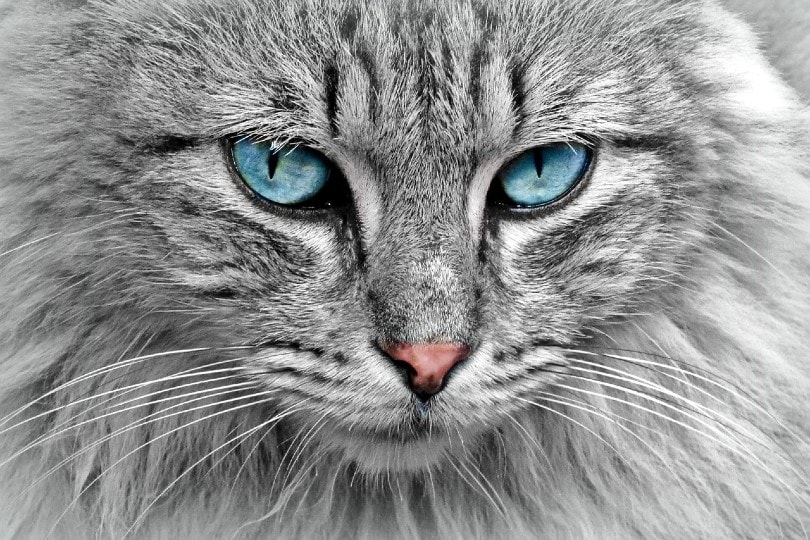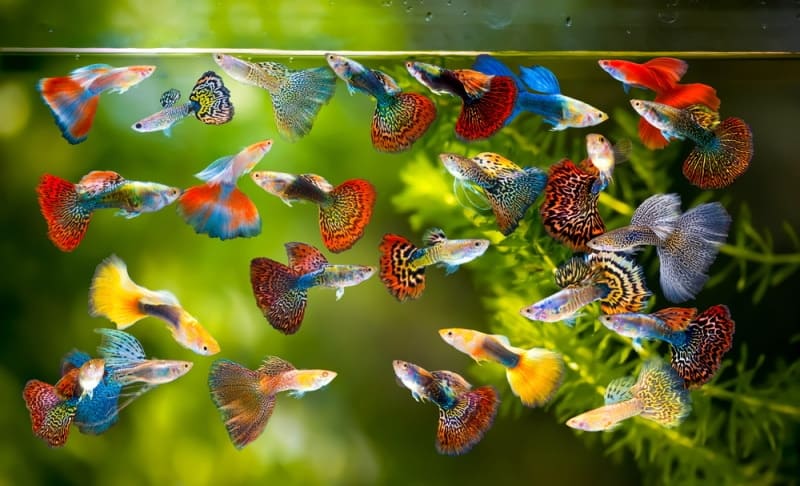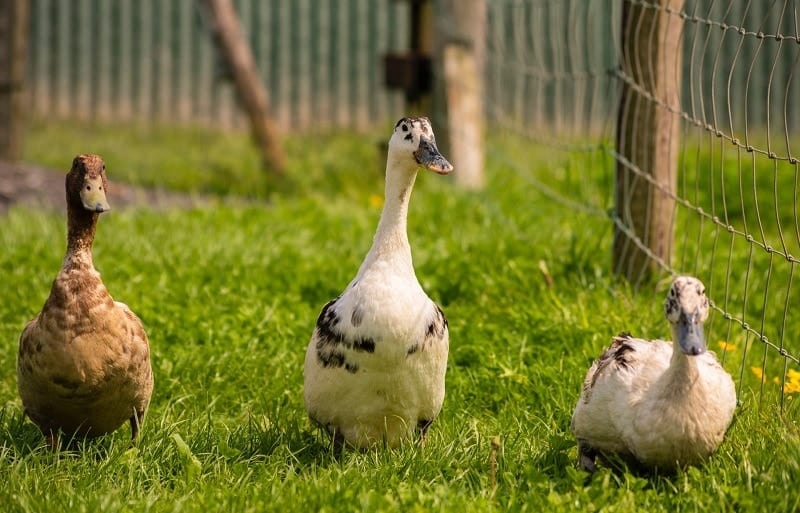VET APPROVED

The information is current and up-to-date in accordance with the latest veterinarian research.
Learn more »Click to Skip Ahead
Cats can’t see the same range of colors as humans, but they don’t see the world in complete grayscale, as some believe. Exactly which colors cats can see is a question not that easily answered. Some believe that cats can only see blue and gray. At the same time, others argue that cats should be able to see yellows as well. Here’s what science knows so far!

Color Vision: How Does It Work?
We perceive colors thanks to a series of structures in our eyes and brain. There are two kinds of photoreceptors (light-sensitive cells) in our retinas: rods and cones. Incoming light hits the photoreceptors, which transform it into an electrical impulse that travels through the optic nerve until it reaches the visual cortex in the brain. Cones cells are responsible for color vision and there are different types based on the wavelength sensitivity of the photopigment they contain.
Both humans and cats have three types of cones. Humans are able to detect blue, green, and red colors (our three primary colors) meaning that we are a trichromatic species. Studies have proven that cats also have three types of cones. However, behavioral studies in cats have failed to demonstrate trichromatic vision. Cats are thought to be able to clearly distinguish between blues and greens, while red or pink are harder to discern.
An important point to further understand the differences between human and cat color vision is that the human eye has about seven times more cones in the maximal cone concentration area than a cat’s eye has. So, humans see a more significant variation of color than felines. While we can perceive the same types of colors, we have a greater color resolution. So, where a human could differentiate between reds and pinks, a cat may see them as the same color.
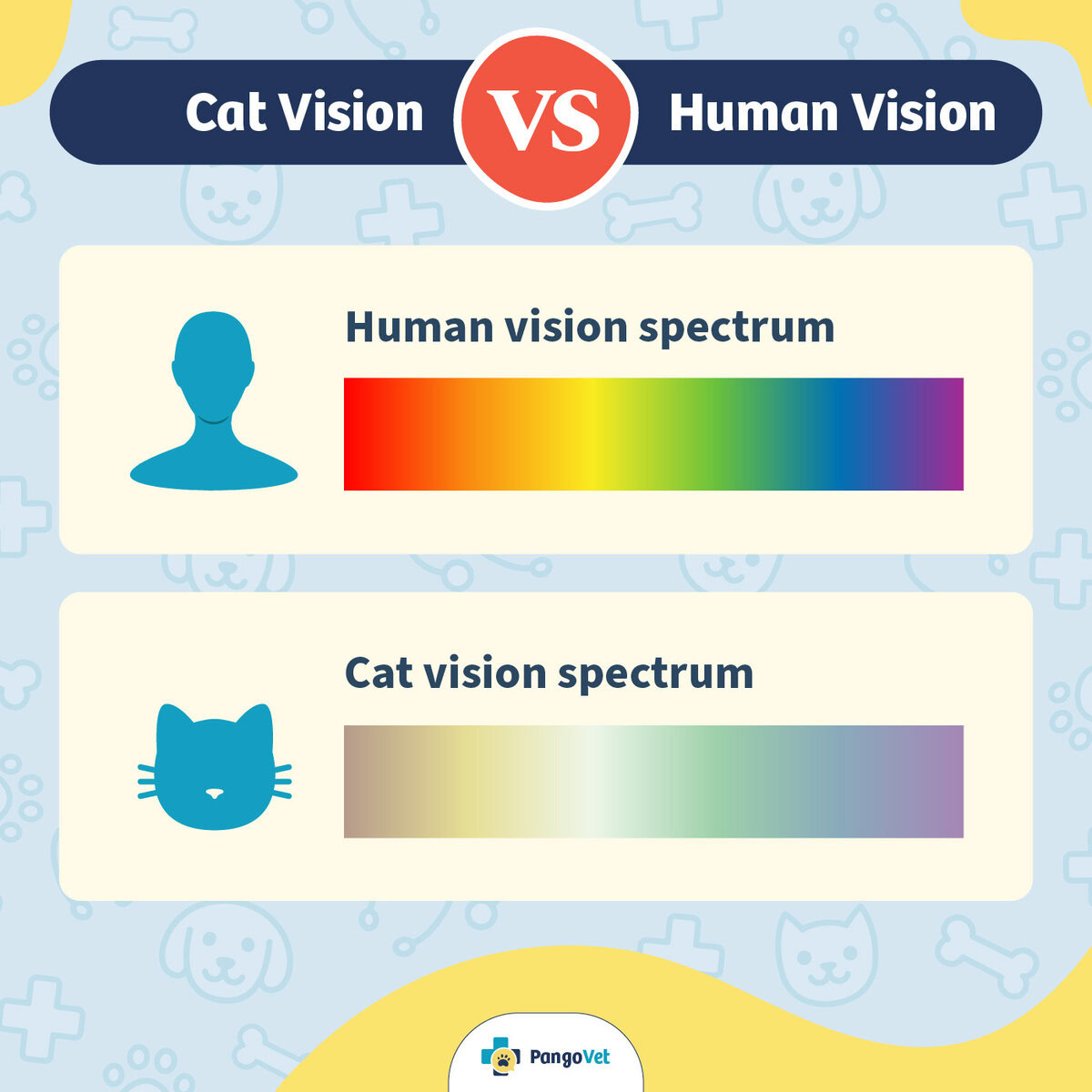
What Colors Can Cats See?
The colors cats can see most accurately are blues and greens. While they have cones to see red, cats don’t see these colors as vividly. There’s debate in the science community about whether cats can see yellows. While dogs have specific cones dedicated to seeing yellow, cats have cones for red, green, and blue, like humans. Humans can see yellows, so logically we could only assume that cats can see yellows.
However, since dogs have cones specifically designed for yellow and cats have neither cones for yellow nor as many cones as humans, it’s unclear whether or not they can perceive yellows. We can’t just ask them, so we must rely on other methods of observation.
Does This Mean Cats Have Poor Vision Compared to Humans?
No, not at all! Cats would not have become one of nature’s greatest hunters if they had poor vision. Their eyes are specifically designed to detect subtle movements and perform exceptionally well in very low-light conditions.
For starters, cats have a much higher concentration of rods in their retinas compared to humans. These photoreceptors can function in very low light intensities, giving cats superior night vision. Additionally, cats have a tapetum lucidum, a reflective structure that enhances their ability to see in the dark, by maximizing the use of minimal light. Cats also have a greater field of view than humans. This is without even delving into their other finely tuned senses.
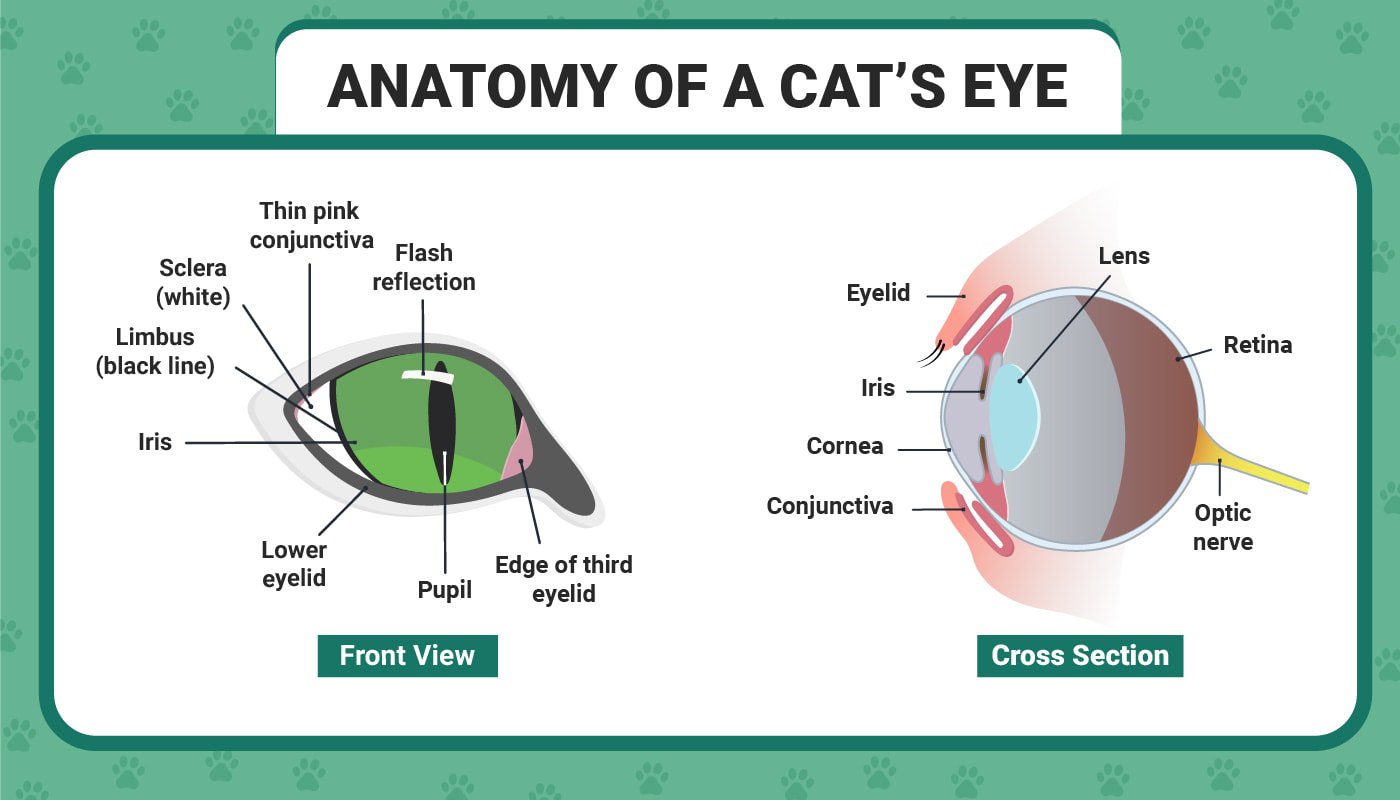

The 4 Differences Between Cats & Human Eyes
1. Rods vs. Cones
Cones are used for day vision and color differentiation. On the other hand, rods are used to detect light in low-light scenarios. Cats have six to eight times more rod cells than humans do. So, they can see in the dark six to eight times better than humans.
Having more rods means that the cat’s eyes are more sensitive to minimal amounts of light. This is great at night but can be harsh during the day when the light is bright. Cats are crepuscular by nature, so it makes sense that their eyes are adapted for nighttime use.
2. Elliptical Pupils
Cats also have elliptical pupils while humans have round ones. Elliptical pupils are advantageous because they take in more light when they dilate fully, and become a slit when there is excessive light.
Elliptical pupils constrict much more than round pupils and can dilate much further. A cat’s pupils are three times bigger than a human’s. So, your cat can take advantage of the tiniest amount of light in the dark.
Not all cats have elliptical pupils. Big cats such as lions and tigers have round pupils like humans. Pupil shape and size vary from animal to animal and adapt to their natural habitat and position in the food chain.
Herbivorous prey animals tend to have horizontal pupils, while predators that hunt during the night or day and night tend to have vertical pupils. Predators who usually hunt during the day tend to have round pupils.
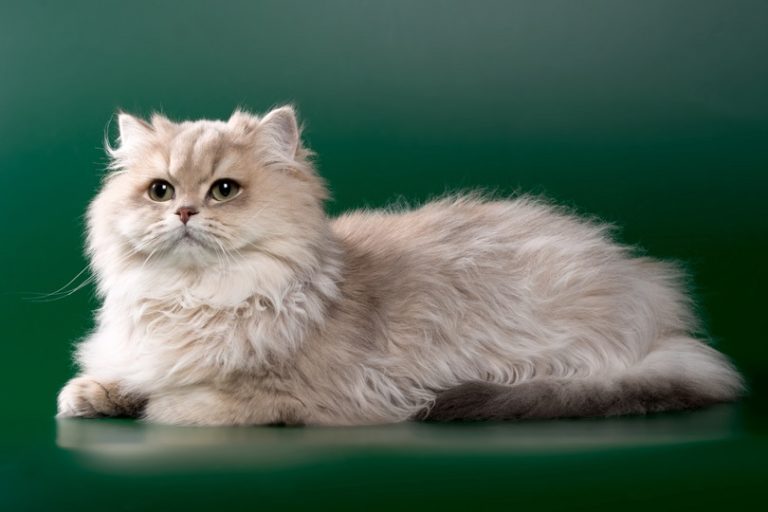
3. The Tapetum Lucidum
“Tapetum lucidum” means “bright tapestry” in Latin. It’s a reflective layer inside the eye that acts as a retroreflector for light entering the eye. Retroreflectors reflect light back to the light source with the goal of the light following the same path that it followed.
By reflecting light back through the retina, each light particle that enters the cat’s eye can light their vision twice. To understand the exact workings of the tapetum lucidum, we have first to know how brains perceive images.
Light first enters the eye through the cornea, which bends the light to help the eye focus. Most of the light enters the pupil and goes to the back of the eye where the retina is. The retina takes the light particles that enter it and transforms the light into electric signals that the brain can use to form a picture.
The tapetum lucidum must function as a retroreflector, not just a mirror. A regular mirror doesn’t control where the light it reflects goes. This can result in what’s called the scattering of light. If the tapetum lucidum scattered the light reflected, the cat’s vision would be distorted because the retina would send a different image to the brain.
Since the tapetum lucidum reflects the light on the same path that it hit the tapetum lucidum with, it hits the retina in the same place that it did on the way in, and the light doesn’t muddle the brain’s ability to perceive the image.
Cats are not the only animals with a tapetum lucidum. Dogs, birds, cattle, deer, and many other creatures also have a tapetum lucidum.
- You might also be interested in: How Old Are Kittens When They Open Their Eyes?
4. Eye Position
Cat’s eyes are positioned slightly to the side of their heads. Their field of view is about ten degrees wider than that of a human on either side, which doesn’t sound like much, but a ten-degree angle is quite significant.
This more expansive field of view allows the cat to keep tabs on things in its peripheral vision while hunting.


Final Thoughts
While the cat’s color vision may be a hotly debated topic, we understand more and more about how their vision works every day. From the cones present in their eyes to the tapetum lucidum, cats have evolved to suit their needs as nocturnal predators. Even if they can’t see the same range of color that we do, their other adaptations to their vision and senses keep them at the top of the food chain!
See also:
- Can Cats Catch Colds?
- Can Cats Eat Bean Sprouts?
- Can I Clone My Cat?
- Cat Breeds With Blue Eyes
- Do Cats’ Eyes Change Color?
Featured Image Credit: cocoparisienne, Pixabay
